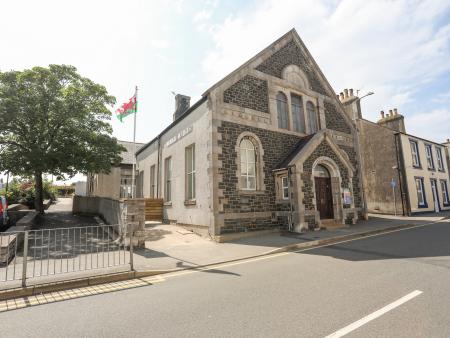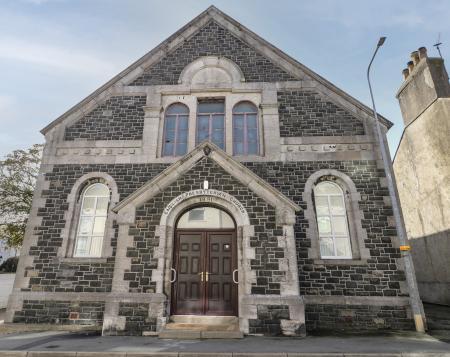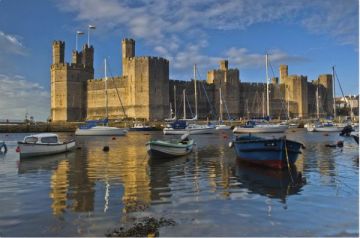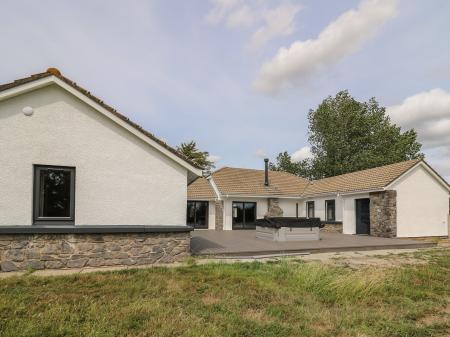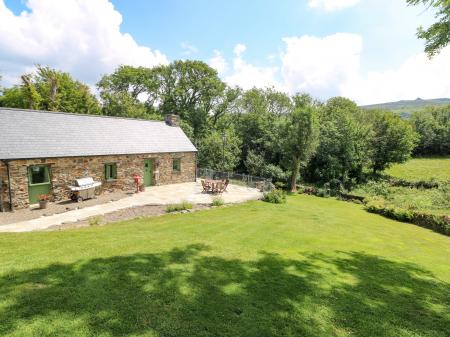
History
An early Christian monastic settlement was established here at Holyhead around AD 540 by Cybi, a cousin of St David. Cybi chose to build his monastery within the walls of a ruined Roman fort, and the 'clas' which he established controlled churches in west Anglesey for the next 1000 years.
The 6th-century church was sacked by Viking raiders in the 10th century. Then in 1405 it suffered at the hands of Henry IV's troops, who invaded from Ireland as part of Henry's efforts to put down Owain Glyndwr's rebellion. Henry's army stole Cybi's shrine and his relics and took them back to Ireland.
In the Civil War Cromwell's men used the church as a garrison. They destroyed the fittings and vandalised church statues, the font, memorials, and the stained glass windows.
Despite the 17th century destruction, much historic interest remains. The best feature is a beautifully carved frieze over the south door, depicting God in Majesty supporting Christ on the cross. Look for the 1794 organ in the north transept, near a section of medieval wall painting depicting a Tudor rose.
There is a leper's window in the nave so that sufferers from the deadly disease could observe services from outside the church. In the chancel look for the original Tudor communion table, and 'Green Man' carvings on the pew ends.
Special mention should be made of the Stanley Chapel, designed in 1897 by Sir Gilbert Scott for Hon. William Owen Stanley, an archaeologist, MP, and local benefactor. This lovely chapel combines Pre-Raphaelite art, Victorian Gothic style, with Art Nouveau to create a stunning example of late 19th-century architecture.
The richly coloured stained glass windows are the work of the famous William Morris company. The centrepiece is a life-size statue of Stanley crafted by sculptor Hamo Thornycroft in Carrera marble.
 We've 'tagged' this attraction information to help you find related historic attractions and learn more about major time periods mentioned.
We've 'tagged' this attraction information to help you find related historic attractions and learn more about major time periods mentioned.